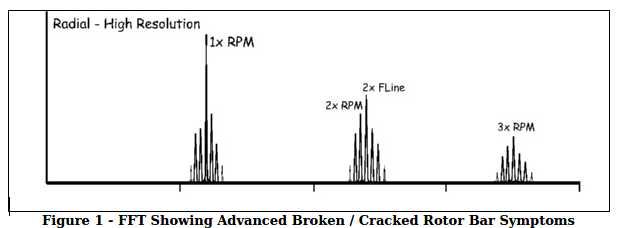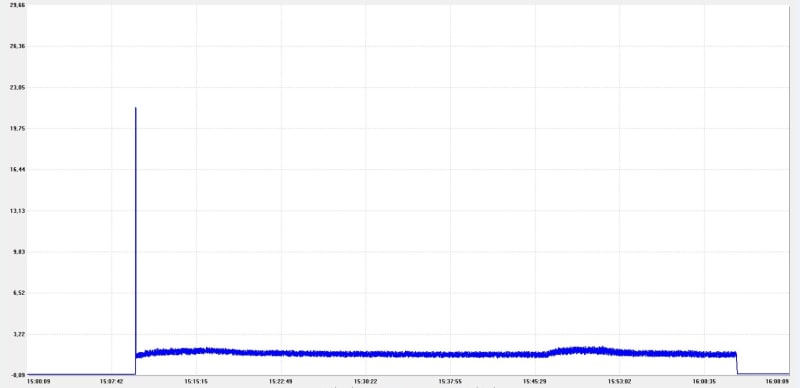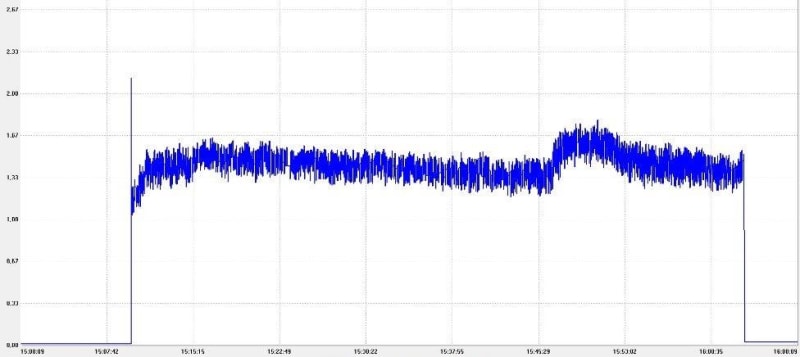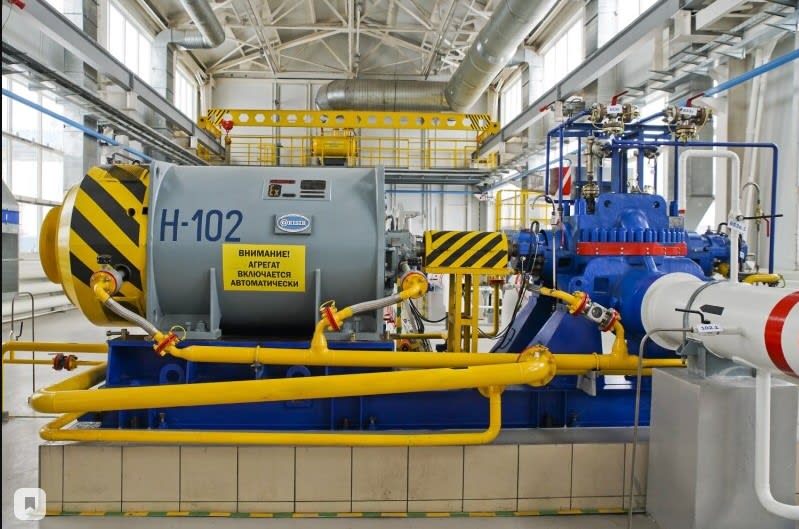Creator_87 said:
I reckon, the reason why in the end it doesn't have peak [after stopping] because it slowed down by the pump quickly.
But it starts at least as quickly as it stops, doesn't it? If it was a resonance, I don't see why it would peak during start but not during stop.
edison said:
You are starting a big machine DOL and the inrush currents (6 to 8 times) will rock the motor. I test open shaft LV motors DOL and have seen them jump at start if they are not bolted down. The OEM specs say the motor will have such high vibrations during the start. imo, it's not a big deal.
In support of that, I'm remembering that the late great skogsgurra posted a slo-mo video of a horizontal motor during DOL start and then during reversing: thread237-246142
I think the video is no longer accessible but I remember the motor dancing around, and you can tell from the comments there was visible movement both in the start and the reversing. His motor was not bolted down. Most people don't start a motor DOL without bolting it down but this was a tiny motor.
Visible with naked eye is a pretty darned high vibration. So even if other configurations (bolted down) don't result in visible movement, it's still not surprising the vibration can get very high. The motor starting torque reaction torque will be applied to the stator frame (regardless of whether the rotor torque is going towards accelerating rotating inertia or delivering torque to a load).
I can't explain the difference in behavior from your other motors. But maybe there is some unknown factors associated with support stiffness, bolting, motor internals as FacEngrPE alluded. In which case maybe inspection or calibrated-hammer bump test would reveal such differences. Also there might be a difference in signal processing among the instrument channels (over how long a period do they average the vibration). Gathering more detailed transient vibration measurements (time waveform, spectral waterfall, polar plot, even time waveform) could shed light in a number of ways.
The only competing theory in my mind (something other than a response to starting torque) is rotor/stator rub and that is pretty rare especially on rolling bearing motors. As mentioned disassembled inspection would show evidence if that happened but of course that's a lot of work. If you're lucky (it's not very common) your motor might have some airgap checking ports built in which would make it easy to check airgap / centering without disassembly (of course requires motor tagged out for safety). A satisfactory airgap check (ruling out starting rub due to off-center rotor) combined with no vibration during coastdown (ruling out a flexible rotor resonance below running speed) would move the rotor/stator rub scenario even closer to implausible imo.
=====================================
(2B)+(2B)' ?




